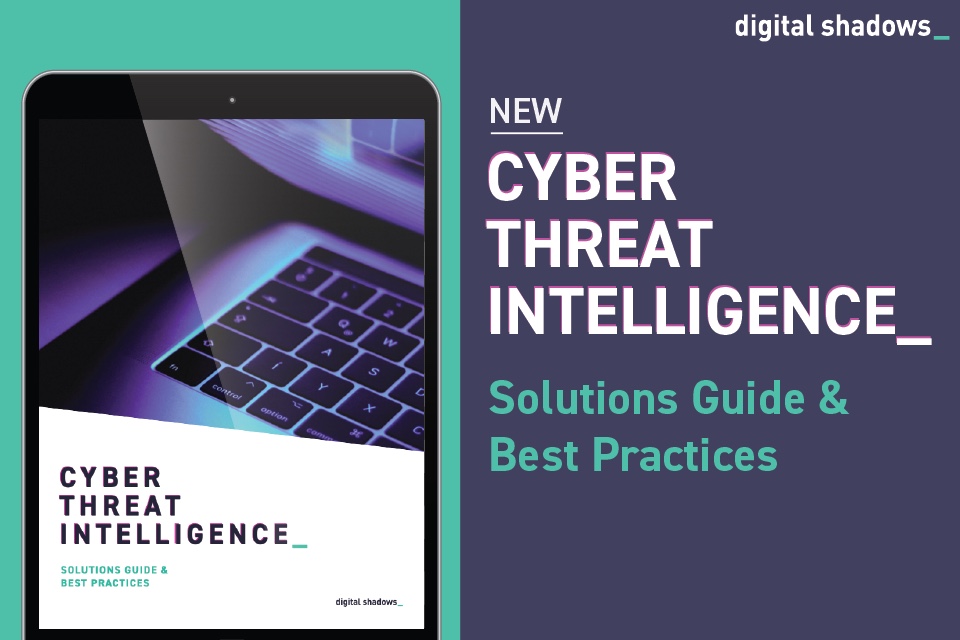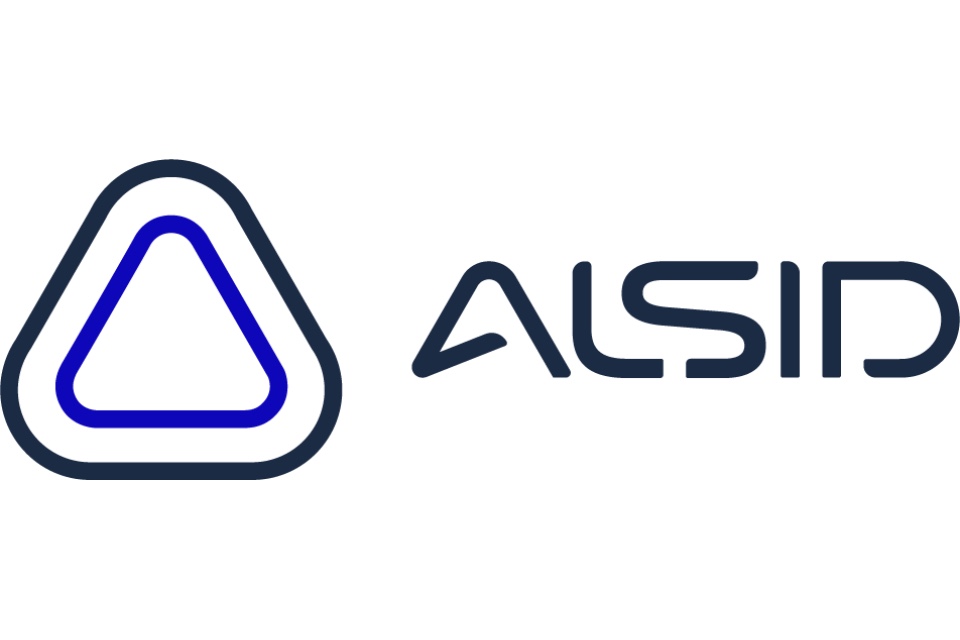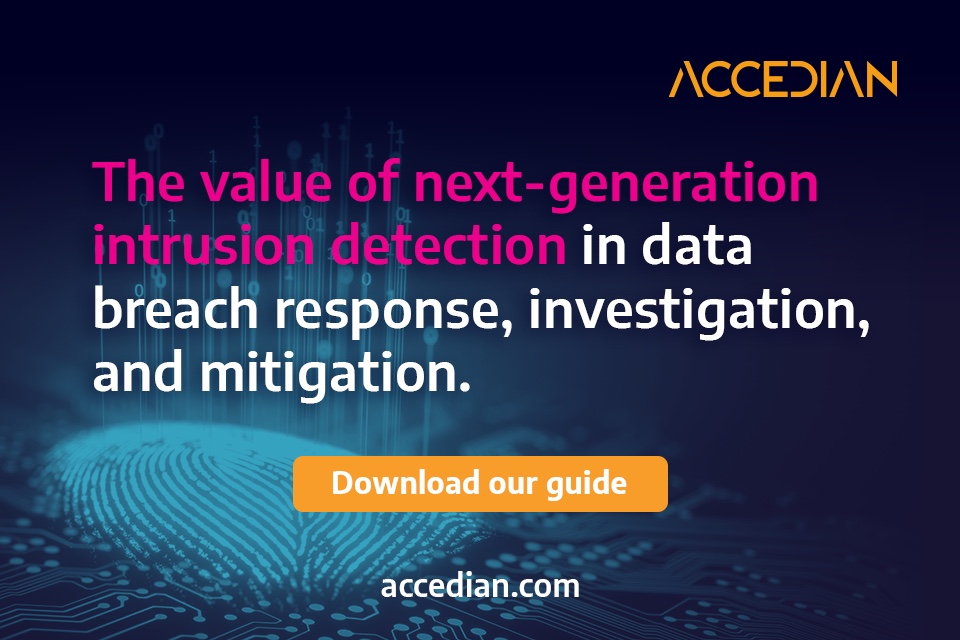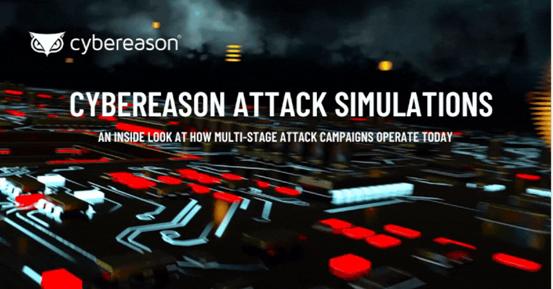The Complete Guide to Online Brand Protection
By Digital Shadows Effective Online Brand Protection requires continual monitoring and remediation of threats to a company’s brands across social, mobile, websites, and other external sources. This approach often requires the involvement of the security, marketing, brand, and legal teams. While approaches to Online Brand Protection once amounted to tracking negative sentiment on Twitter, this […]
WEBINAR: Solorigate/SUNBURST – Chronology of a supply chain nightmare

By SentinelOne and ReliaQuest SUNBURST was one of the most devastating cyberattacks in recent years and has sent shockwaves like no other attack before. Solorigate/SUNBURST impacted more than 420 of the Fortune 500 companies and thousands of government and commercial organizations. The attack on the ‘digital supply chain’ was uncovered in December 2020, although the […]
Cyber Threat Intelligence – Solutions Guide & Best Practices

By Digital Shadows Cyber threat intelligence (CTI) improves the resilience of your business against emerging cyber threats. The best CTI program informs preventative and proactive security actions and is intimately tied to business concerns and effective reduction of risk. This guide serves to: Navigate you through the jargon surrounding cyber threat intelligence Outline some of […]
WHITE PAPER: Active Directory security – AD monitoring and proactive security detection combined

“Active Directory security” generates a few different reactions, depending on who you ask. Get the new guide from Microsoft 17x MVP Derek Melber to discover: The attacker-shaped holes in common monitoring solutions The 8 key features to proactively secure AD How Alsid can strengthen your security posture Start reading the free guide
WHITE PAPER: Future-proofing endpoint management

By Quest New devices, platforms, applications, and technologies connecting to the network are overwhelming IT’s ability to manage endpoints across the enterprise. Adding to the complexity, many organizations have disparate systems or processes for managing desktop and mobile devices. This white paper examines endpoint management issues and reviews best practices for administering, managing and securing […]
What’s the average time to identify a security breach? 280 days, according to IBM’s 2020 Cost of a Data Breach report

By Accedian Today, it’s not a matter of “if”, but “when”, organizations operating in today’s digital world will be breached. But, once cyber criminals manage to get past the network perimeter, do you have the visibility to detect them and see what the bad actors are doing? In this guide, find out how next-generation Intrusion […]
The cloud security challenge every CISO must overcome

By Keith Glancey, Systems Engineering Manager at Infoblox Cloud adoption has never been higher. Whether it’s public, private, multi- or even hybrid-cloud environments, organisations of all sizes, across all sectors are benefiting from the enhanced flexibility, reduced cost and greater stability that cloud can bring. However, whilst cloud can be an enabler in many areas, it can also […]
White Paper: Maximize Your SIEM with Precise Active Directory Security Details

Filling the Active Directory Security Gaps in Your SIEM Lateral movement and privilege escalations through Active Directory are the root cause of all breaches. SIEM solutions are not new, and most organizations rely on them to measure the overall security of the network and devices that the SIEM is monitoring. SIEMs can gather log information […]
WEBINAR: Live Attack Simulation – Ransomware

Wednesday, March 24th @10:00 GMT If you’re concerned about ransomware, whether it’s beating Ryuk, stopping data exfiltration, or preventing the latest trend of “double extortion”, this session is for you. Join Cybereason for a live attack simulation, where we’ll discuss the latest ransomware trends, walk through a multi-stage attack, and show the side by side […]
WHITE PAPER: Build better endpoint security to protect your entire network

By Quest As your IT environment grows, tracking and securing all the endpoints connecting to your network is a monumental task. Managing and deploying security updates is time-consuming and challenging because of the wide range of devices people use to get their work done. Every desktop, laptop, smartphone, tablet and internet-of-things (IoT) device connecting to […]


